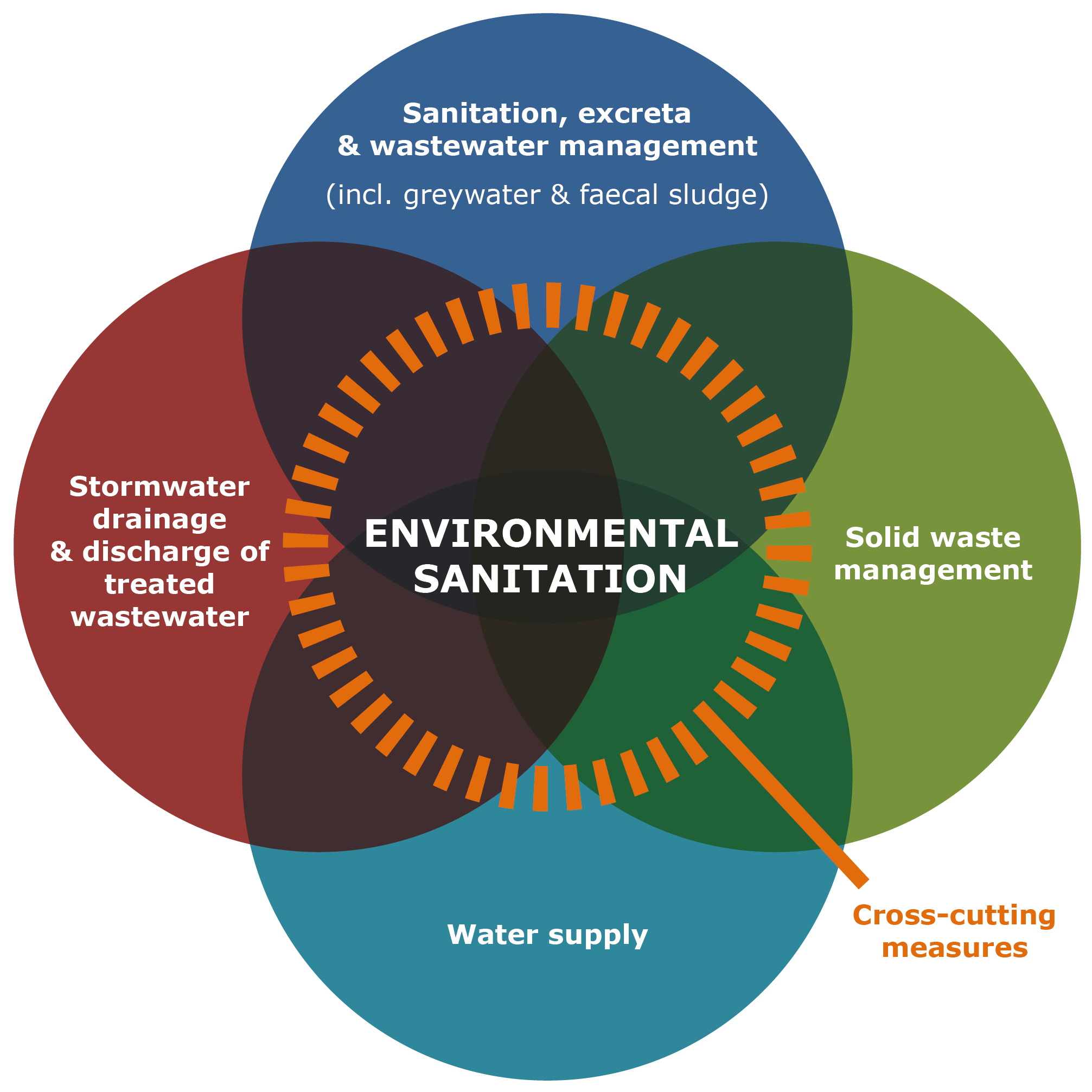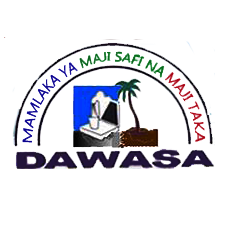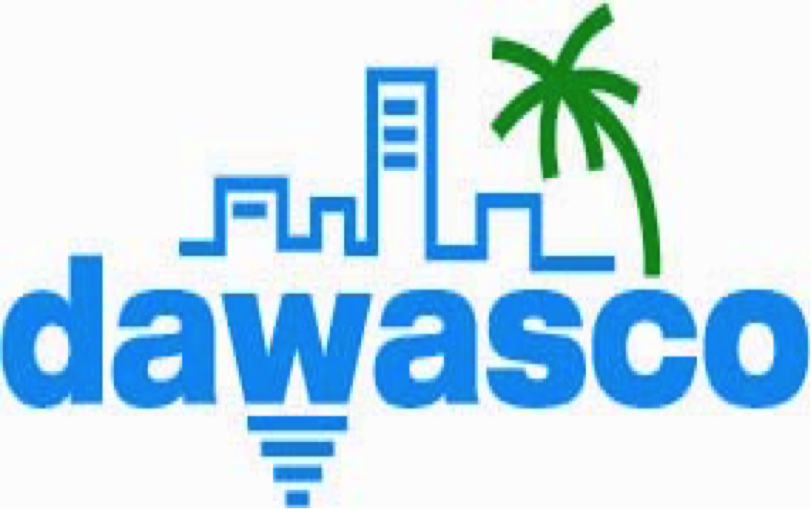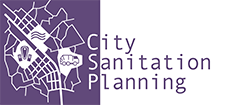This city sanitation planning (CSP) website was created in response to the need for a simple, fast and flexible tool for determining “which sanitation solutions go where”. This tool uses selected demographic, physical and economic characteristics to determine the most suitable interventions for various areas around the city.
The following characteristics have been selected as the most relevant factors influencing environmental sanitation conditions within urban areas:
| Population density + Accessibility (to roads) + Income |
| + Additional local data |
| = Sanitation solutions |
CSP has the following advantages:
- Can keep up with rapid urban growth and is fast to update as new data (e.g. satellite imagery, open-street maps, etc.) becomes available
- Broad and inclusive coverage of all areas of the city
- Field surveys are only required for selected areas prior to implementation, saving time and money
CSP has been designed to assist decision-makers and practitioners involved in urban environmental sanitation planning in Dar es Salaam, such as:
- Municipalities
- Water / wastewater utilities
- Sector regulators
- Service providers
- City council / local governments
- Urban planners
- Urban developers
- Donors
- NGOs
On the left side of this page, you will find the option to overlay certain filters onto the map (E.g. population density, accessibility). Click these layers on and off, to gain an understanding about different conditions throughout the city.
On the right side of this page, you will see an option for “Environmental Sanitation Solutions”. After clicking on a particular area of the map, you will be shown the population density category + the accessibility category. You will then be guided to select the income level of your area of interest. Once all three parameters have been input, you will have the option to DOWNLOAD possible solutions for that exact area.
You can use the navigation bar at the top to zoom into a particular ward.
Environmental sanitation goes one step further than the traditional notion of “sanitation” which is limited to the immediate aspects surrounding human excreta and/or the provision of toilets. A holistic approach to achieving a sanitary urban environment considers all aspects related to hygiene, notably those aspects directly linked to human health and quality of life:















